Kilimanjaro For Beginners
So, if you're new to the world of mountaineering and have Kilimanjaro on your mind, know that climbing Kilimanjaro for Beginners is absolutely achievable. Detailed planning and preparation are the key to turning your dream of Mount Kilimanjaro Climbing into reality.
This Beginners Guide to Climbing Kilimanjaro here will assist all budding mountaineers by walking them through all stages of the planning. Furthermore, we will also delve into some important aspects of climb such as understanding the Kilimanjaro Routes, tackling altitude sickness, and training your body for a successful climb.
And by the end, we are sure that you'll be well-prepared to face Kilimanjaro and make that dream climb a grand success.
Kilimanjaro For Beginners
Planning Your Kilimanjaro Climbing
Mount Kilimanjaro Climbing requires a solid foundation of meticulous planning. This attention to detail can turn your Kilimanjaro dream from an intimidating concept into a manageable and possible reality. So, let's begin by laying down the stepping stones to a successful climb. After all, every journey starts with a well-made plan.
Choose The Right Time
Timing is a crucial factor in Climbing Kilimanjaro for Beginners. Our trek experts generally advise climbers to attempt hiking the mountain from December to mid-March and mid-June to the end of October.
These dry, warm months are regarded as the Best Time to Climb Kilimanjaro. The clarity and predictability of weather also enhance your chances of a successful Kilimanjaro summit.
However, these are the busiest times when Kilimanjaro experiences peak crowds. So, plan your Kilimanjaro Trek accordingly.
Choose The Right Tour Operator
A great tour operator is like a trusted guidebook and helps you navigate through the ups and downs of your journey. That being said, there are too many tour operators who offer different Kilimanjaro Climbing Packages. You should select the one that has extensive experience and positive reviews.
African Scenic Suggestions:
We at African Scenic Safaris provide some of the best Kilimanjaro Tours. We ensure that your climbing experience is enhanced by professional guides who are expertly trained to guide you through the challenging terrains of this towering marvel.
Understand The Cost Involved
Climbing Mount Kilimanjaro for Beginners can be quite an investment, with costs varying depending on the tour operator, route chosen, and level of comfort. Expect to spend anywhere from $1,000 to $4,000. This cost generally includes park fees, camping fees, guide and porter fees, food, and equipment.
Obtain The Necessary Permits
For all beginners, including those contemplating "Can a Beginner Climb Kilimanjaro without permits?" The answer is No!
Climbing Kilimanjaro for Beginners requires obtaining certain mandatory permits. These permits, including entry, camping, rescue, and personnel fees, are essential to your Mount Kilimanjaro climbing adventure.
Issued by the Kilimanjaro National Park Authority, these permits are a key step in your journey and are usually managed by your tour operator. So, make sure the necessary permits are high on your checklist.
Get The Right Gear
Be sure to invest in quality gear that is suitable for the conditions you'll encounter. This includes proper hiking boots, warm clothing, a sleeping bag, and a daypack. Consider renting gear if you don't want to invest in all of the equipment.
African Scenic Suggestions:
Our comprehensive Kilimanjaro Gear List contains all the necessary equipment that you will ever need in the mountains. Do check it out!
How Beginners Can Tackle Altitude Sickness
Altitude Sickness, or Acute Mountain Sickness (AMS), is a potential challenge for anyone scaling lofty heights, and Kilimanjaro is no exception. Particularly, when Climbing Kilimanjaro for Beginners, understanding and preventing altitude sickness is key.
Kilimanjaro For Beginners
Here are some practical strategies that could be incredibly beneficial in managing Kilimanjaro Altitude Sickness:
- One recommended step is a gradual ascent. It gives your body enough time to adjust to the changing altitude. This is a key part of the ascent strategy when Climbing Mount Kilimanjaro, especially for beginners.
Choose Kilimanjaro Climb Routes with a longer duration and more gradual ascent, such as the Lemosho or Northern Circuit Route.
- Staying hydrated is important. Drink plenty of water and fluids as dehydration can increase the risk of altitude sickness.
- Consider taking medication. Acetazolamide (Diamox) helps prevent altitude sickness. Consult with a healthcare professional before taking any medication.
- Maintain a healthy diet and eat enough food. This will fuel your body and help with acclimatization.
- Take enough rest breaks. Avoid overexerting yourself too during the Kilimanjaro Climb.
- Be aware of the symptoms of altitude sickness. They include common headaches, nausea, dizziness, and shortness of breath. If you experience any of these symptoms, inform your guide and descend to a lower altitude.
African Scenic Suggestions:
It is important to take Kilimanjaro Altitude Sickness seriously, as it can lead to more serious conditions. Proper preparation and acclimatization can help prevent it and ensure a safe and successful climb.
The Definitive Beginner’s Guide To Climbing Kilimanjaro!
If you're a beginner aiming to scale Mount Kilimanjaro, don't let inexperience hold you back! With diligent preparation and a positive mindset, Kilimanjaro for Beginners is not only possible but also a thrilling adventure.
And, by choosing our Kilimanjaro Climbing Packages, you have taken that decisive step into an extraordinary journey. So, leap into this incredible adventure with African Scenic Safaris and begin your journey to the summit of Kilimanjaro today!
Explore Kilimanjaro Travel Guide
Find essential topics below to help you plan, prepare, and enjoy your Kilimanjaro travel experience fully.
Climb Kilimanjaro With Us
Get ready for a mountain adventure with real advice, smiling guides, and simple help that actually works. We’re with you from start to summit.
Frequently Asked Questions
As a beginner, regular cardio exercises such as running, cycling, or swimming can help increase your stamina for the climb. Strength training, particularly for your legs, is beneficial as well. Try to practice hiking on inclined surfaces or steps to simulate the climb.
Essential gear for beginners includes warm clothing, rain gear, proper hiking boots, and trekking poles. You'll also need a headlamp, water bottles, and personal medical supplies. Don't forget essentials like sun protection, including sunglasses and sunblock.
Training for Kilimanjaro involves both strength and endurance. Include hill workouts, strength training for the lower body, and core stability exercises in your routine. Also, regular cardio workouts such as running, swimming, or cycling can be beneficial.
Acclimatization varies for each individual, but generally, choosing a route that offers 6 to 8 days on the mountain gives your body more time to adjust to the altitude. This can significantly increase your chance of reaching the summit.
Altitude sickness is a common challenge in Kilimanjaro. It can cause headaches, nausea, and fatigue. Additionally, harsh weather conditions, cold temperatures, and physical exhaustion can also present challenges to beginners.
The minimum age for climbing Kilimanjaro is 10 years old, and there's no upper age limit. However, all climbers should be in good physical health and should consult their doctor before embarking on the climb.
Yes, hiring a guide is mandatory for climbing Kilimanjaro. Guides are experienced mountaineers who know the routes well, can assist in case of emergencies and can help manage altitude sickness symptoms.
The success rate for beginners largely depends on the chosen route and the duration of the climb. With proper acclimatization and good physical condition, the success rate can be as high as 85%.
The most common health risk is altitude sickness, which can range from mild to severe. Other potential risks include hypothermia, sunburn, and injuries from slips or falls. Always consult a doctor before the climb, stay hydrated, and be aware of the symptoms of altitude sickness.
Simbo Natai, founder of African Scenic Safaris, crafts sustainable, meaningful Tanzanian journeys rooted in his deep local knowledge and passion.
Director





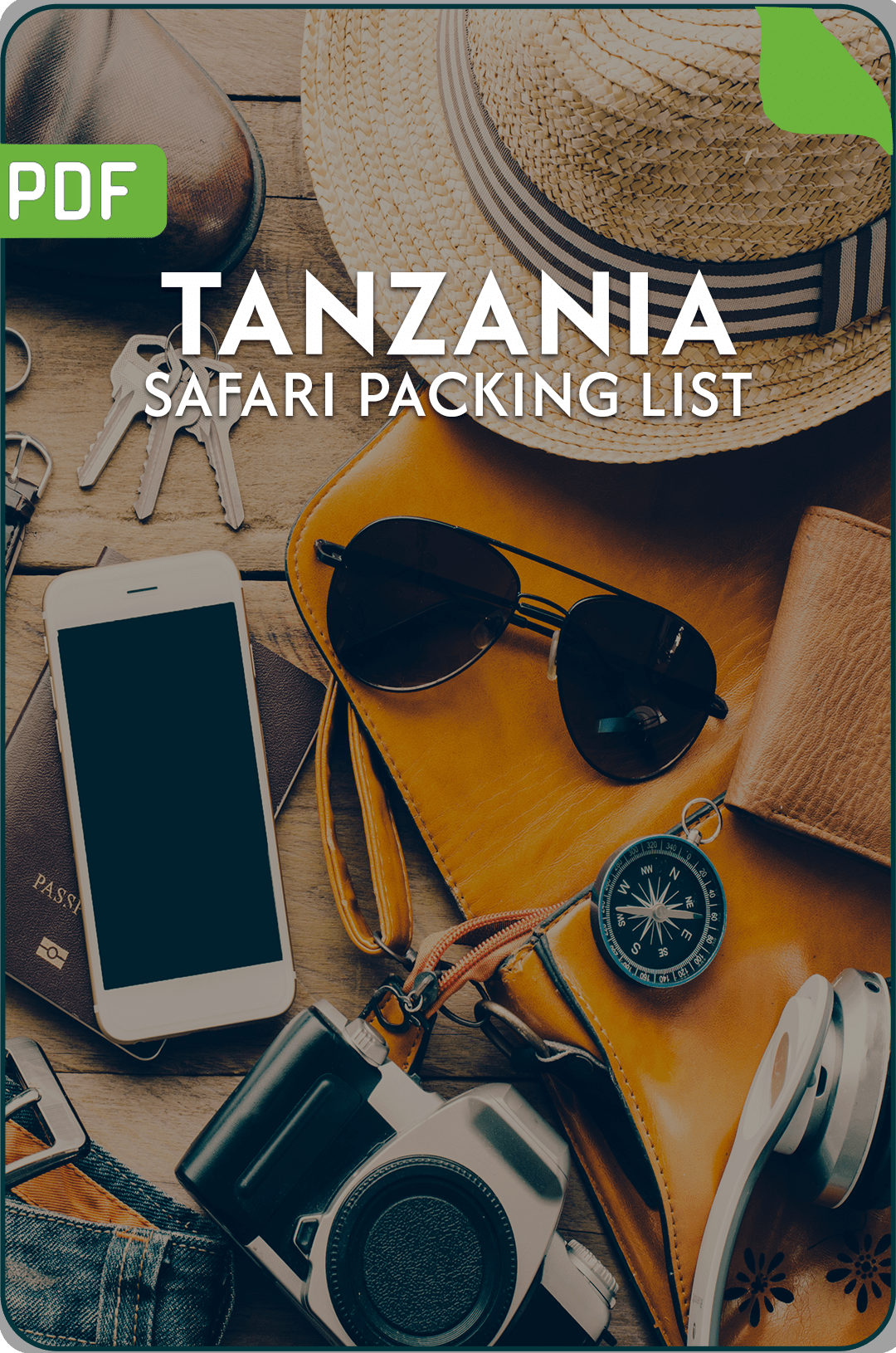
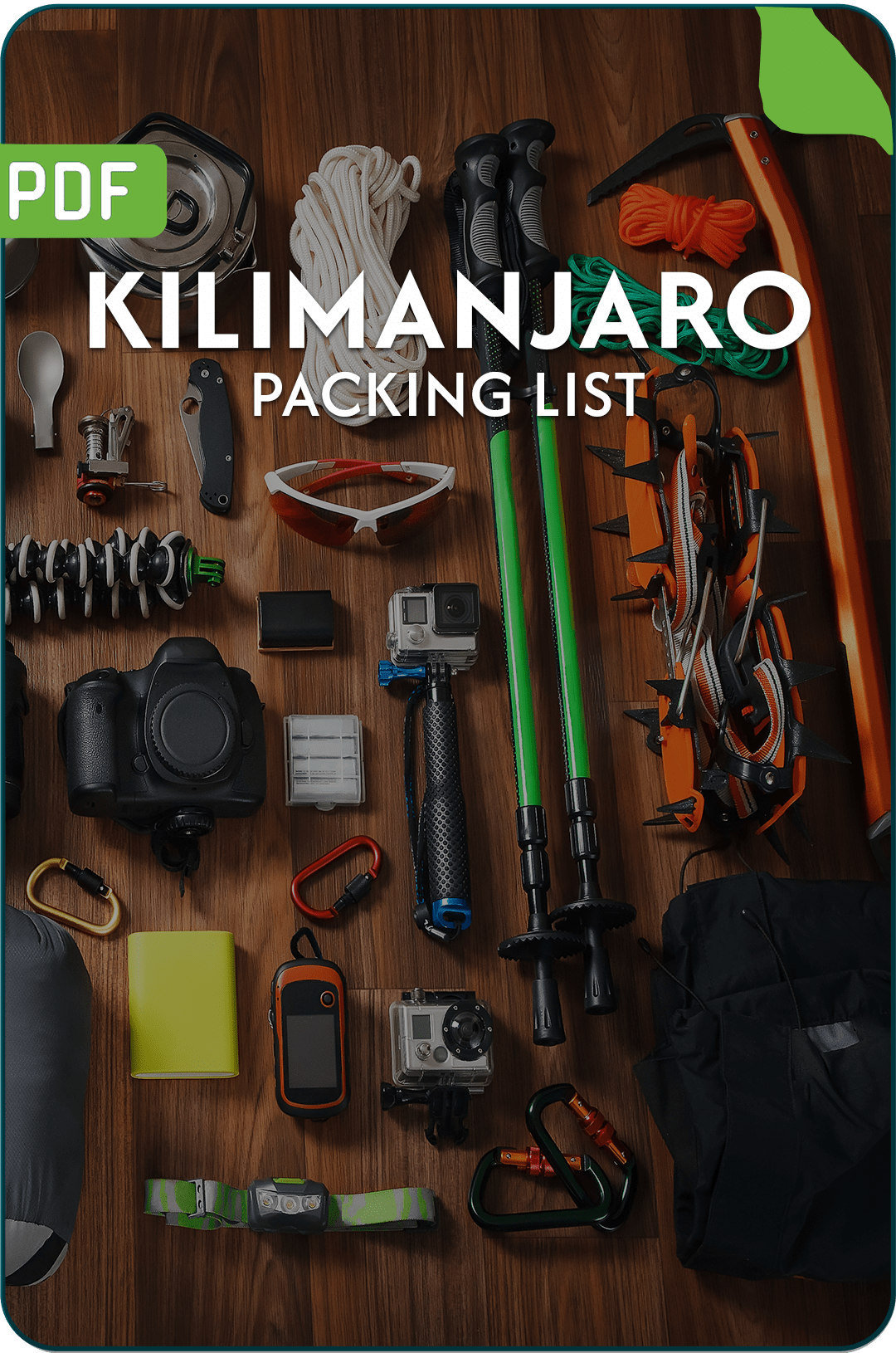
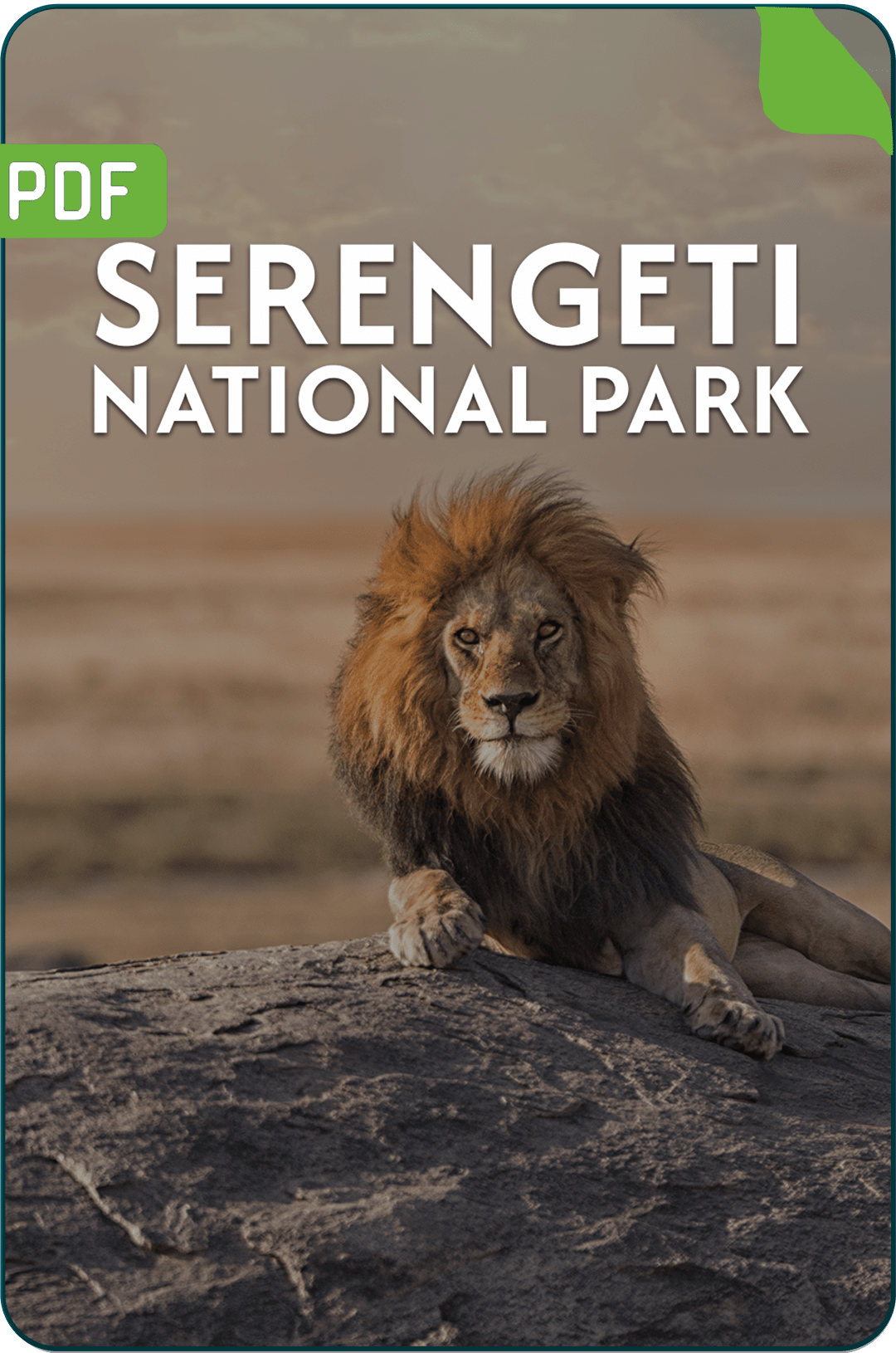
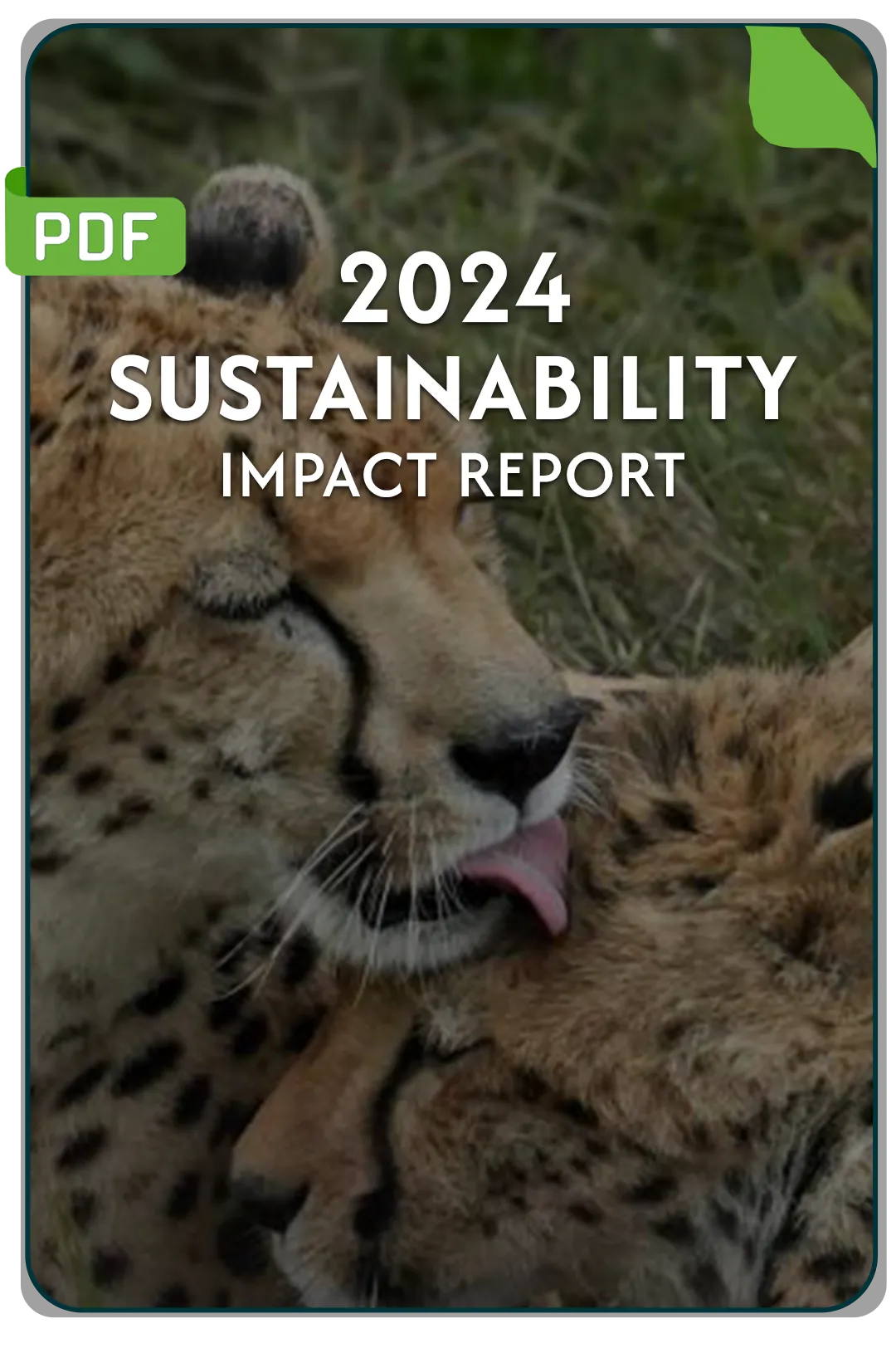
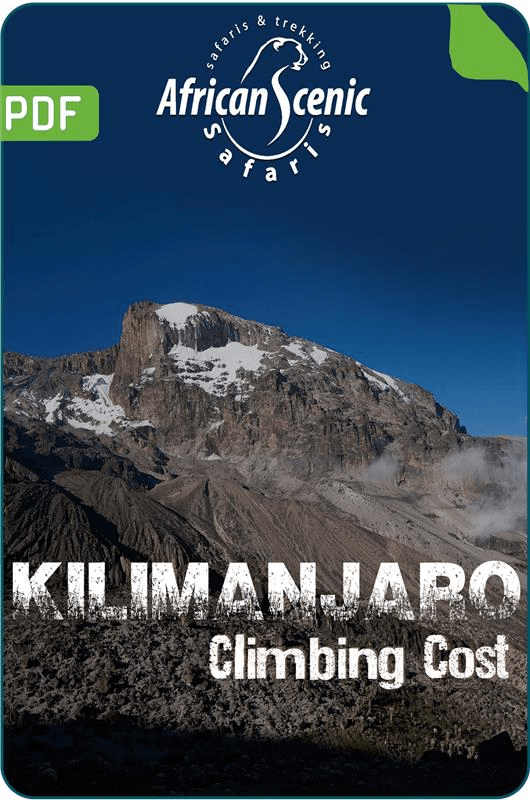











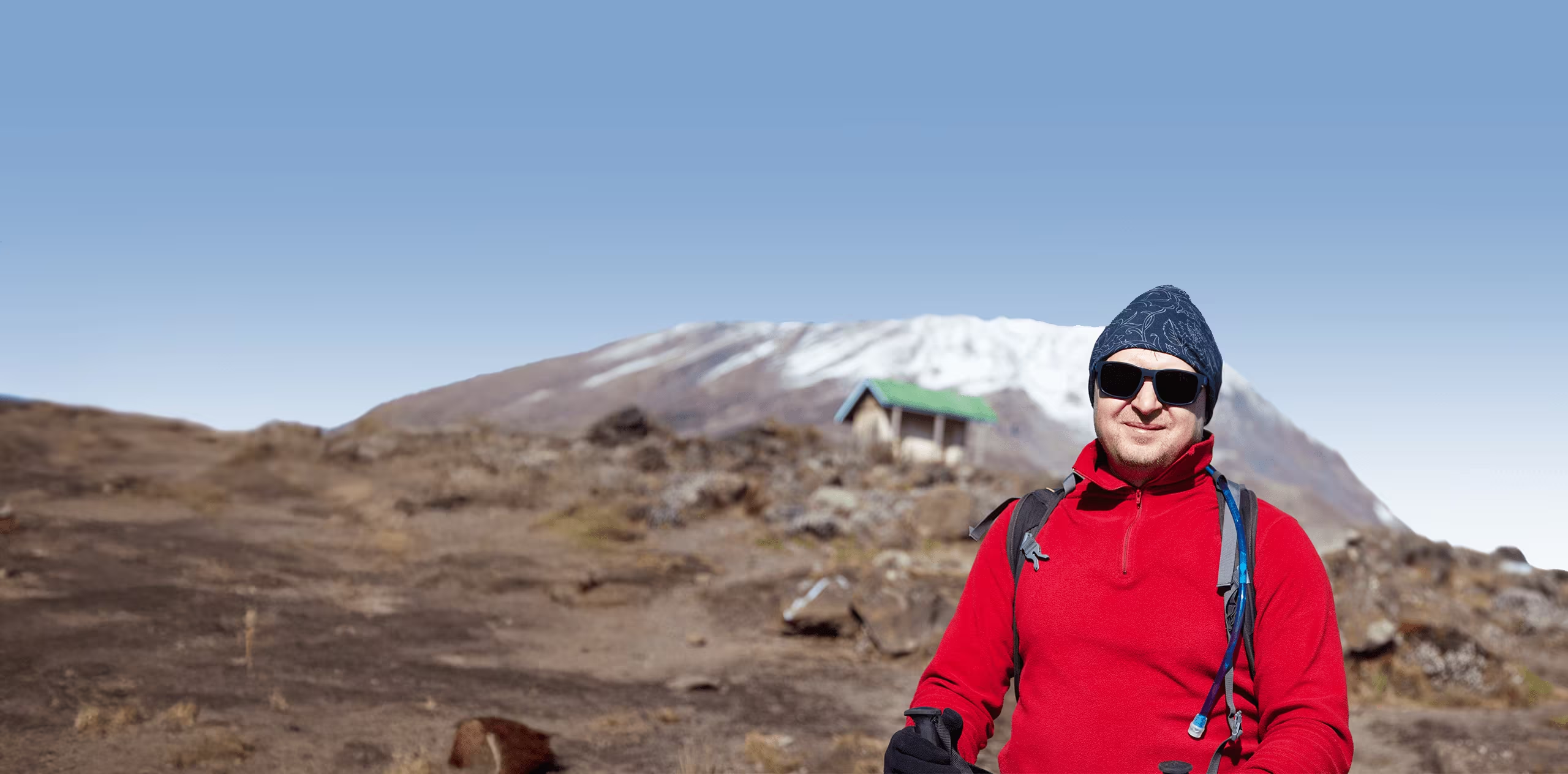
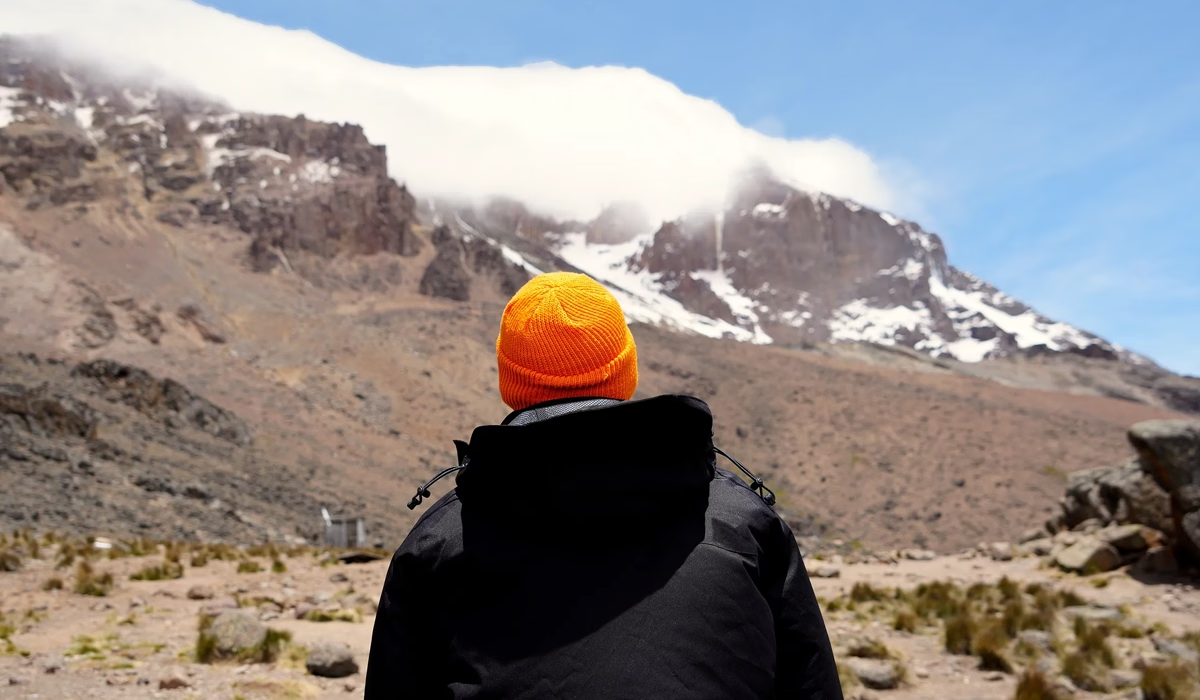

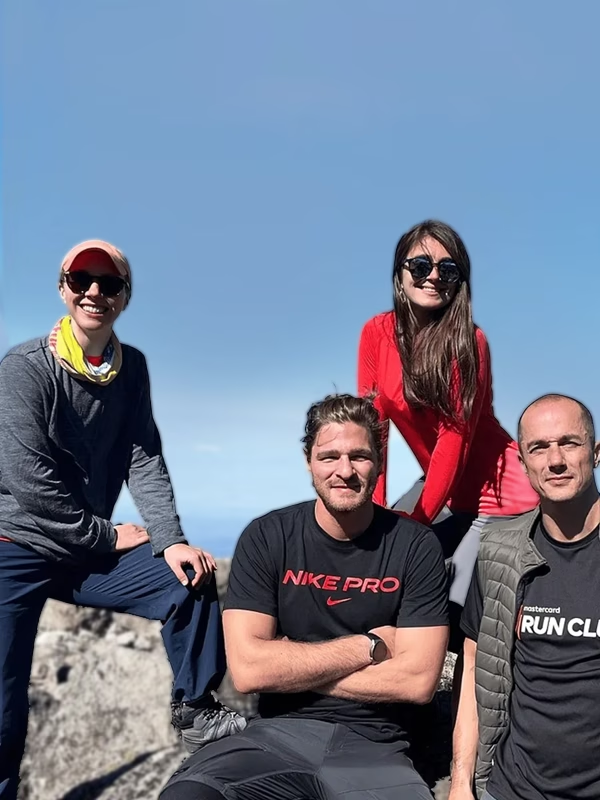
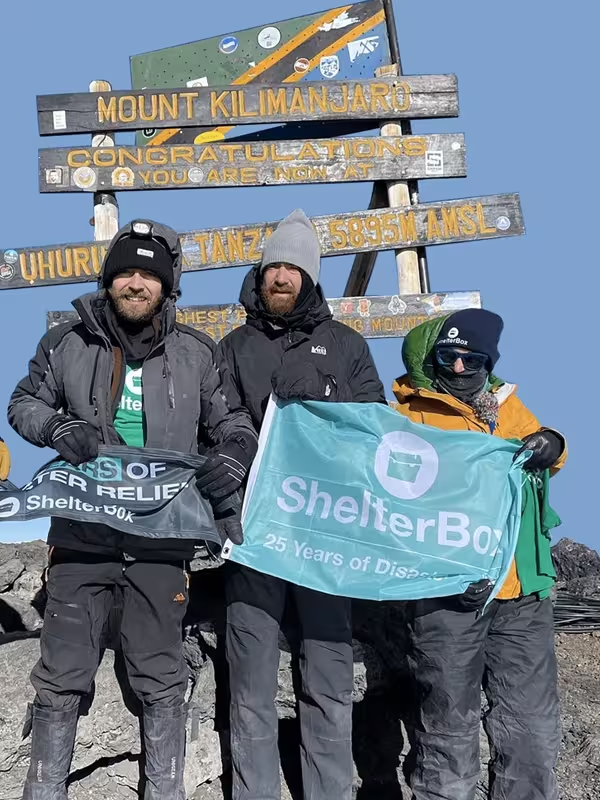
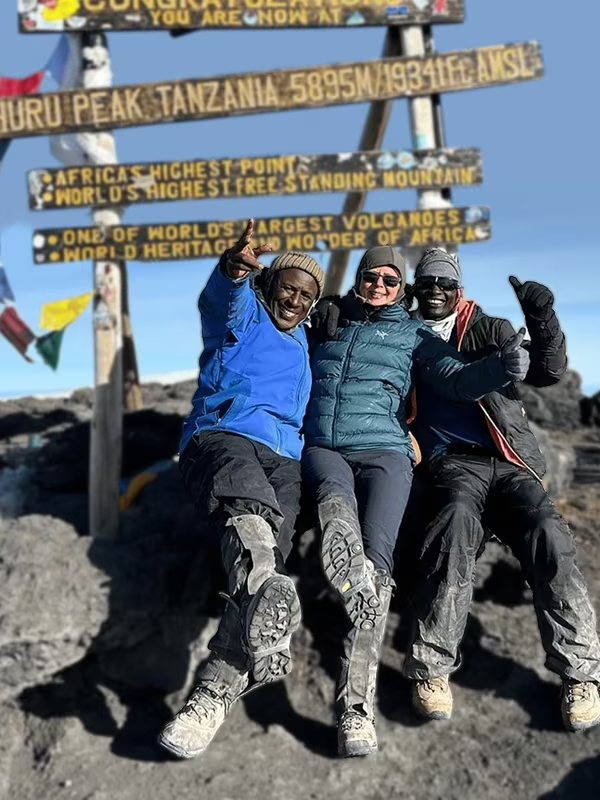




 African Scenic Safaris #1 on TripAdvisor
African Scenic Safaris #1 on TripAdvisor 




